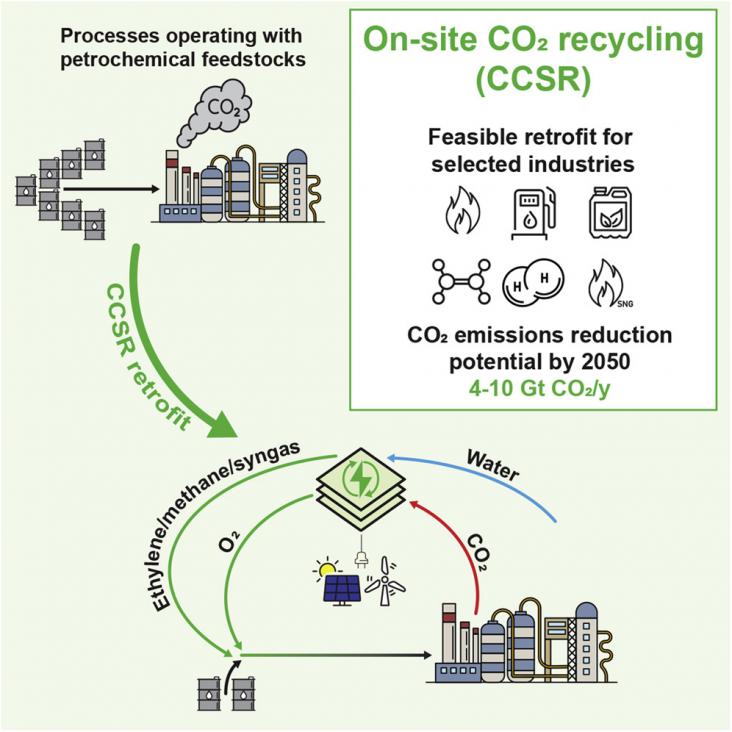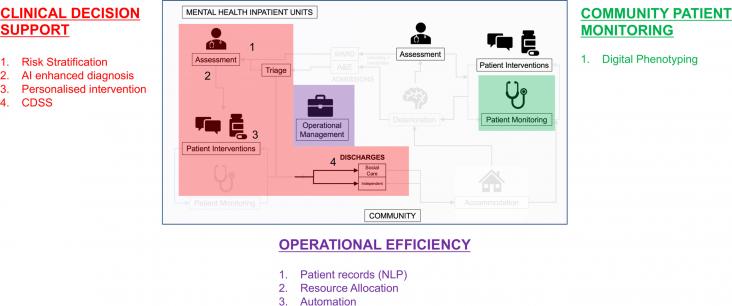
Economically viable electric vehicle lithium-ion battery recycling is increasingly needed; however routes to profitability are still unclear.
Supports wind energy

The chemical industry needs to significantly decrease carbon dioxide (CO2) emissions in order to meet the 2050 carbon neutrality goal.
Loss and Damage studies have tended to focus on rapid-onset events with lesser attention to slow-onset events such as drought.
Along with the impact of energy structure adjustment as well as the coal resource exhaustion in the old mining region, the deformation over the abandoned mine region has severely restricted both the r

Globally, financial services are well positioned to contribute to the transformation needed for sustainable futures and will be critical for supporting corporate activities that regenerate and promote
Objectives: In the face of the SARS-CoV-2 pandemic, people with dementia and their carers are contending with serious challenges to their health and wellbeing, due to risk of severe illness, limiting

Introduction: Growing demand for mental health services, coupled with funding and resource limitations, creates an opportunity for novel technological solutions including artificial intelligence (AI).
Our carbon-intensive economy has led to an average temperature rise of 1 °C since pre-industrial times.

